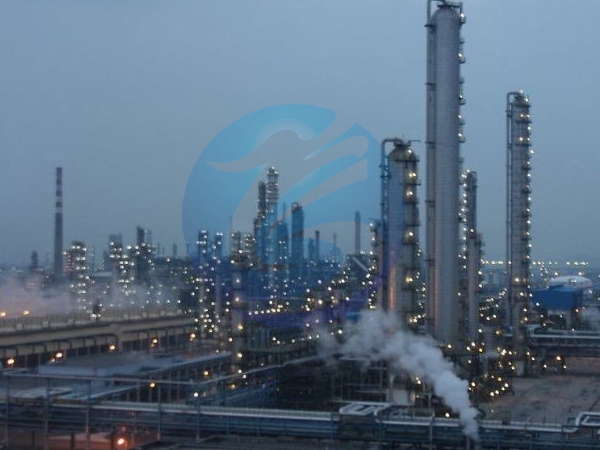
In today's high-tech industries such as chemical engineering, petroleum refining, and environmental energy, catalysts are the key to achieving efficient and clean production. An outstanding catalyst often relies on an excellent carrier at its core. As a globally leading provider of catalysts and advanced materials solutions, [Your Company Name] today delves deeply into the industry to explore why high-purity alumina is the top choice for catalyst carrier materials and continues to lead industry innovation.
The catalyst carrier is not only the "habitat" of active components, but also the "cornerstone" that determines the performance, efficiency and lifespan of the catalyst. Among the numerous candidate materials, alumina stands out with its comprehensive and outstanding properties, becoming the most widely used and deeply studied carrier material.
The technical experts of Nine Dragons Chemicals have summarized the five core advantages of choosing alumina as the catalyst carrier:
1. Outstanding structural stability and mechanical strength
Alumina carriers can withstand harsh industrial reaction conditions, including high temperatures, high pressures and intense material erosion. Its high mechanical strength ensures that the catalyst is not prone to wear and powdering during loading, use and regeneration, thereby extending the service life of the catalyst, reducing the frequency of production shutdowns for replacement, and directly lowering the operating costs for customers.
2. High specific surface area and adjustable pore structure
This is one of the most crucial advantages of using alumina as a carrier. Through advanced preparation processes, we can precisely control the specific surface area and pore size distribution of alumina. The huge specific surface area serves as a "parking lot", providing highly dispersed anchoring sites for active metal components such as platinum, palladium, and nickel, significantly increasing the number of active sites. The adjustable channels are like "highways", ensuring the efficient diffusion of reactant and product molecules, thereby significantly enhancing the reaction efficiency.
3. Excellent surface chemical properties
The surface of alumina has unique acidic sites, which themselves can participate in certain catalytic reactions and produce a synergistic effect with the active components, enhancing the overall catalytic activity. Meanwhile, its surface chemical properties can be easily "customized" through modification treatments (such as doping with other elements) to meet the requirements of specific reactions. This flexibility is unmatched by other carriers.
4. Good thermal stability
In many catalytic processes, the reaction releases a large amount of heat or takes place at high temperatures. Alumina can maintain its crystal structure and pore structure without collapse or sintering at high temperatures, ensuring that the activity and selectivity of the catalyst remain at a high level during long-term operation and guaranteeing the continuity and stability of the production process.
5. Superior economy and easy availability
Compared with many new carrier materials, the preparation process of alumina is mature, the raw material sources are extensive, and the cost is relatively low. This high cost performance makes the catalyst based on alumina highly competitive in large-scale industrial applications and is an important driving force for the commercialization of the technology.
"Nine Dragons Chemicals has always been committed to delving deeply into materials science at the molecular level," said the company's chief technology officer. "We precisely design and regulate alumina carriers from microstructure to macroscopic performance, aiming to 'tailor-make' for our customers and provide catalyst solutions that best optimize their process efficiency and economic benefits." Choosing our alumina carrier means choosing reliability, efficiency and forward-looking.
At present, Nine Dragons Chemical's high-performance alumina carriers and their catalysts have been widely applied in multiple key fields such as automotive exhaust purification, petrochemical hydrodesulfurization, volatile organic compound (VOCs) treatment, and new energy hydrogen production, earning extensive trust from global customers.
